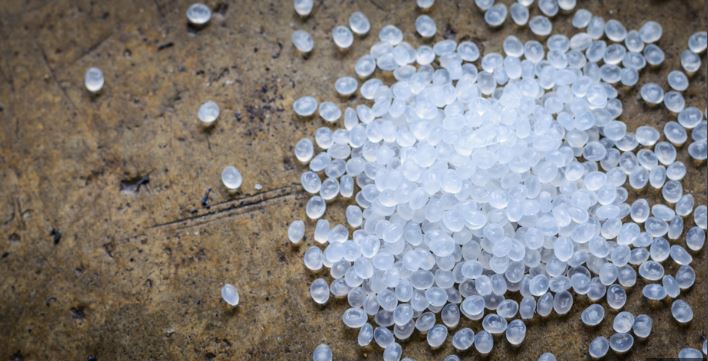Polymers are versatile materials composed of long chains of repeating molecular units called monomers. They play a crucial role in modern life, appearing in a wide range of products and applications. From everyday household items to advanced industrial components, plastics offer unique properties that make them indispensable across various industries.

Polymers: Types and Uses
Types of Polymers
Polymers fall into two broad categories: natural and synthetic. Natural plastics, such as cellulose and proteins, occur in nature and are essential to biological processes. Humans engineer synthetic polymers to meet specific needs, dividing them into two types: addition plastics and condensation plastics. Addition polymers, such as polyethylene and polystyrene, form by adding monomers with unsaturated bonds. Condensation synthetic materials, like nylon and polyester, result from condensation reactions where monomers join and release a small molecule such as water.
Applications of Polymers in Daily Life
In daily life, polymers are ubiquitous. Polyethylene, one of the most common addition polymers, is used in packaging materials, plastic bags, and bottles. Polystyrene, another addition polymer, finds its way into disposable cutlery and insulation materials. Textiles for clothing and carpets utilize condensation polymers like nylon due to their durability and resistance to wear. Polyester, another condensation polymer, finds extensive use in both clothing and home furnishings.
Polymers in Medicine
Plastics also play a significant role in the medical field. Biodegradable plastics, such as polylactic acid (PLA), are used in medical implants and sutures, offering the advantage of breaking down safely in the body over time. Plastics like polyurethane are employed in wound dressings and prosthetic devices, providing comfort and flexibility. The use of polymers in medicine enhances patient care by improving the performance and functionality of medical devices and materials.
Polymers in Technology and Industry
The technological and industrial applications of plastics are extensive. High-performance polymers, such as polyimides and fluoropolymers, are in electronics and aerospace due to their resistance to high temperatures and chemicals. These materials are crucial for the manufacture of components such as circuit boards and protective coatings. In the automotive industry, plastics contribute to lightweight and fuel-efficient vehicles through the use of materials like polypropylene and thermoplastic elastomers.
Environmental Considerations
While plastics offer numerous benefits, their environmental impact is a growing concern. Many synthetic plastics are non-biodegradable and contribute to plastic pollution. Efforts are underway to develop biodegradable alternatives and improve recycling processes. Innovations such as biodegradable plastics made from renewable resources aim to reduce the environmental footprint of polymer use. Additionally, advancements in recycling technologies seek to increase the efficiency of plastic waste recovery and reuse.
Future Directions
The future of plastics involves continued innovation to meet evolving needs and address environmental challenges. Research focuses on developing new resins with enhanced properties, such as greater strength, flexibility, and environmental compatibility. The integration of smart plastics, which respond to external stimuli like temperature or light, holds promise for advanced applications in fields such as robotics and medicine.
Conclusion
Plastics are integral to modern life, offering a wide array of applications across various sectors. Their diverse properties and uses make them invaluable in everything from everyday household items to cutting-edge technological advancements. As research and development continue, polymers will undoubtedly play an even more significant role in shaping the future of materials science and industry.



